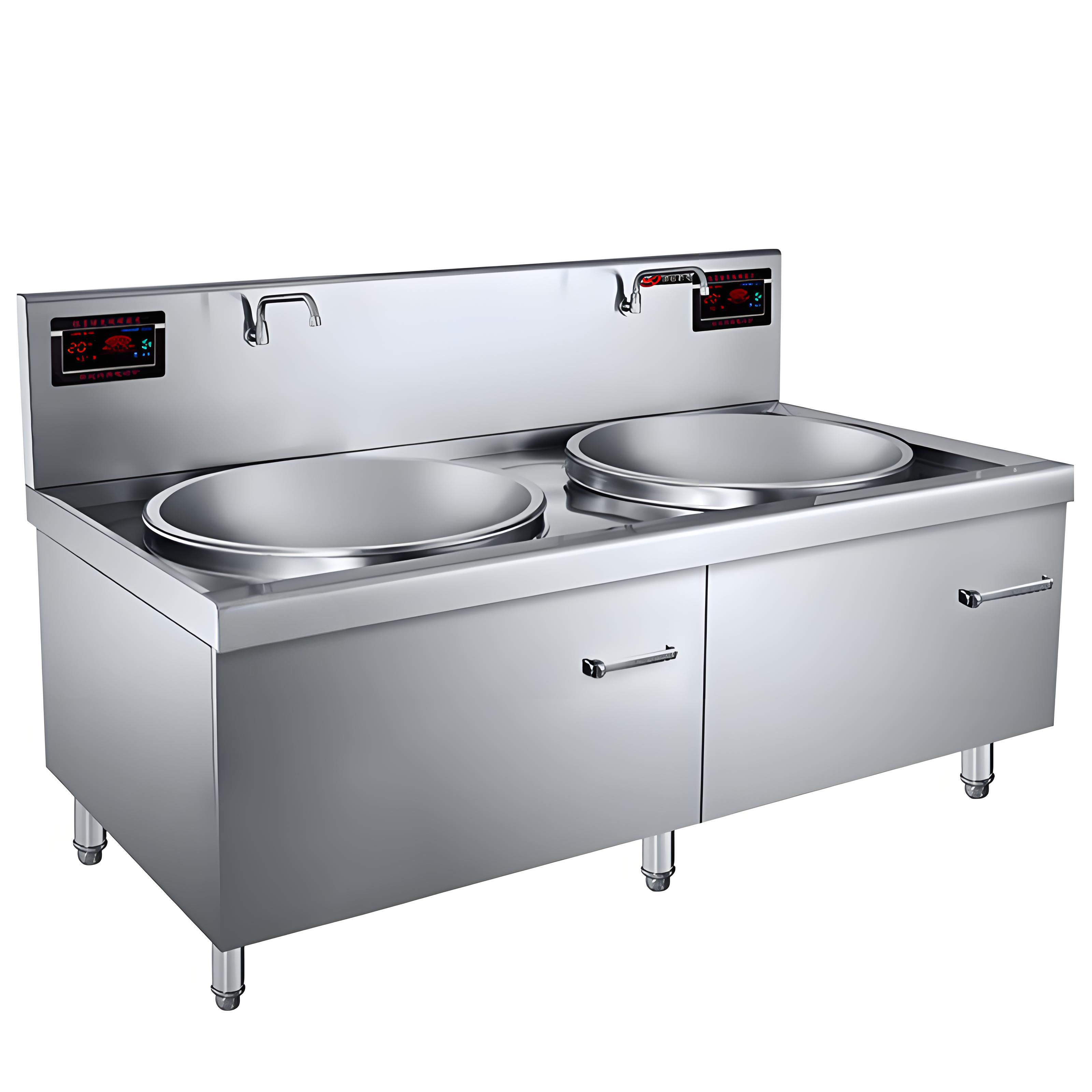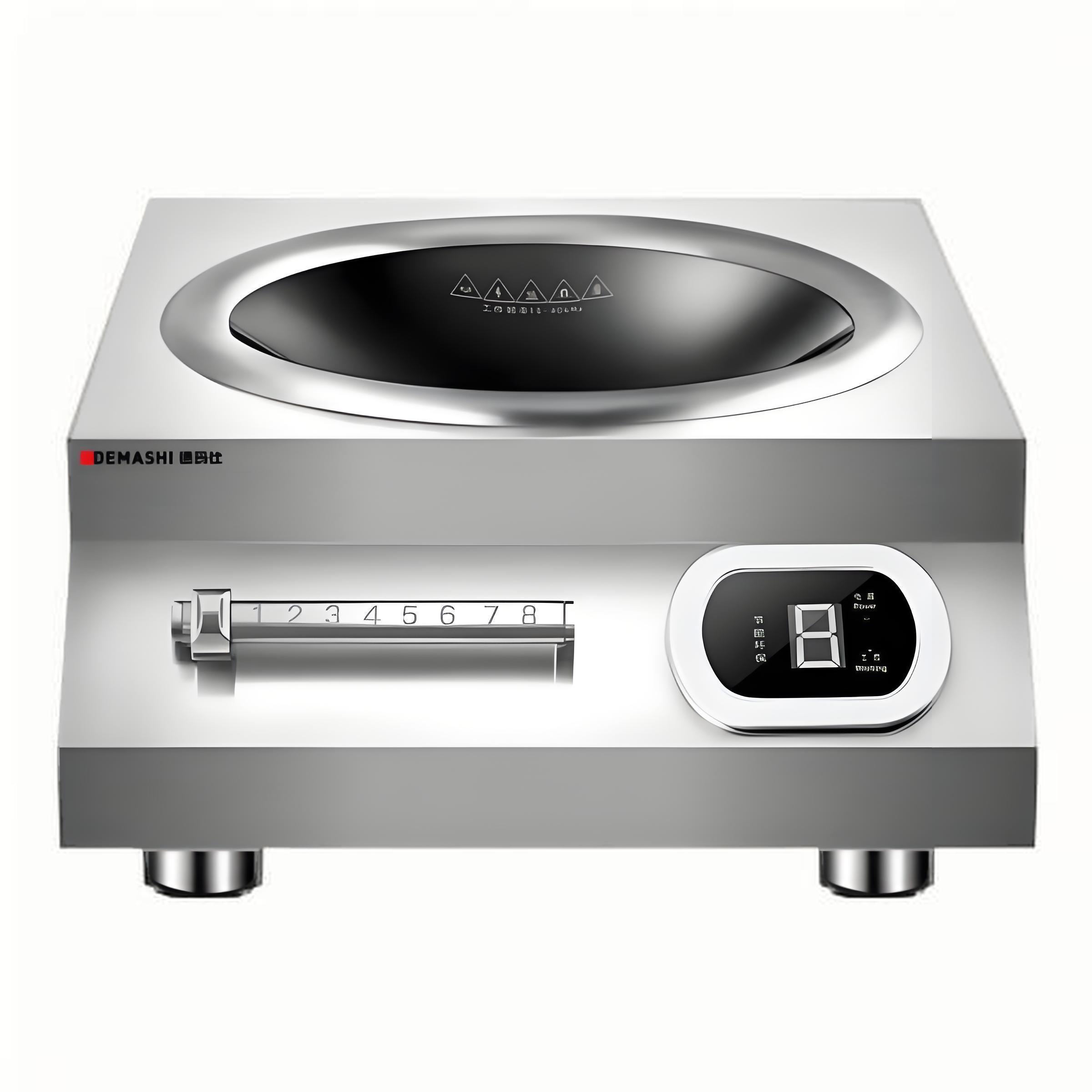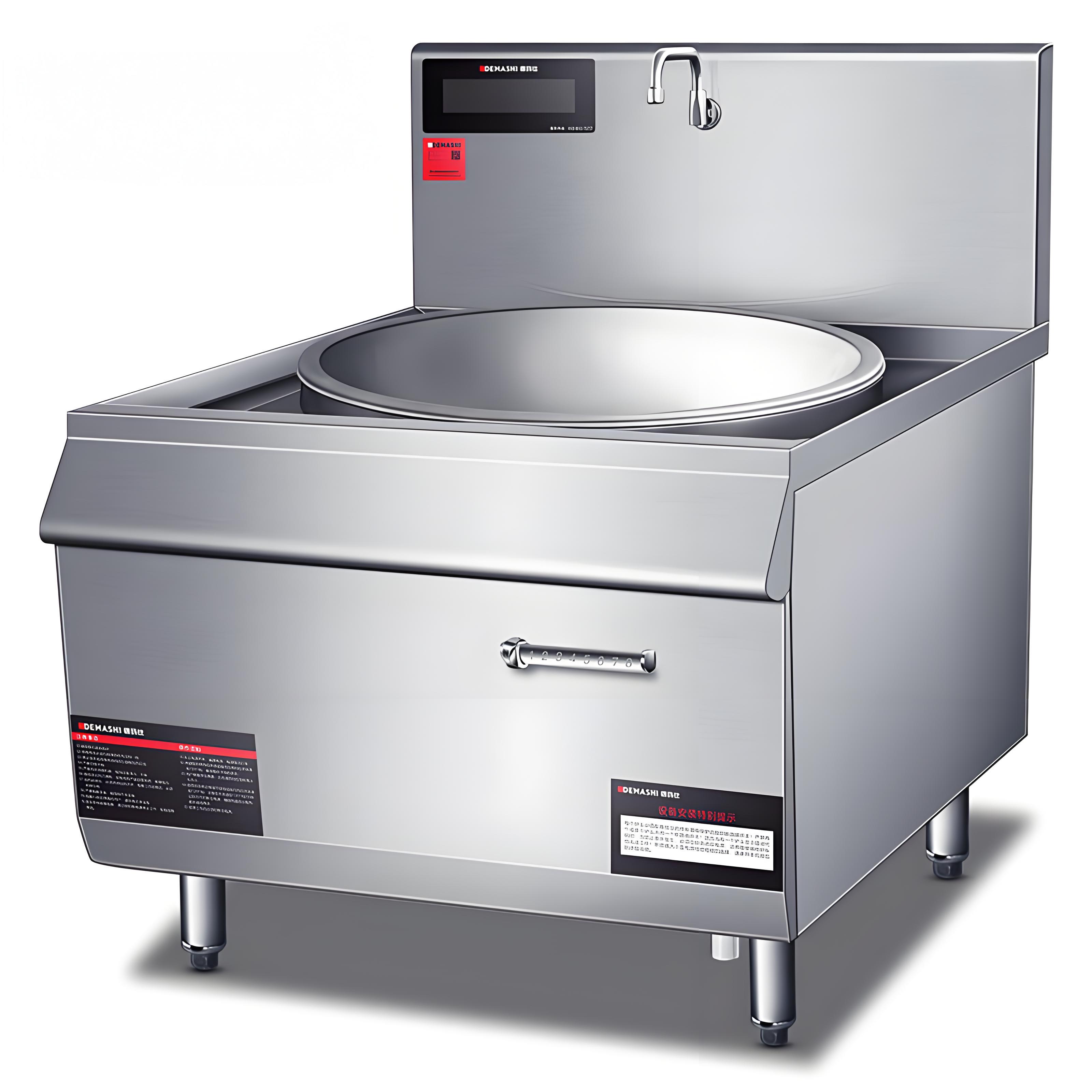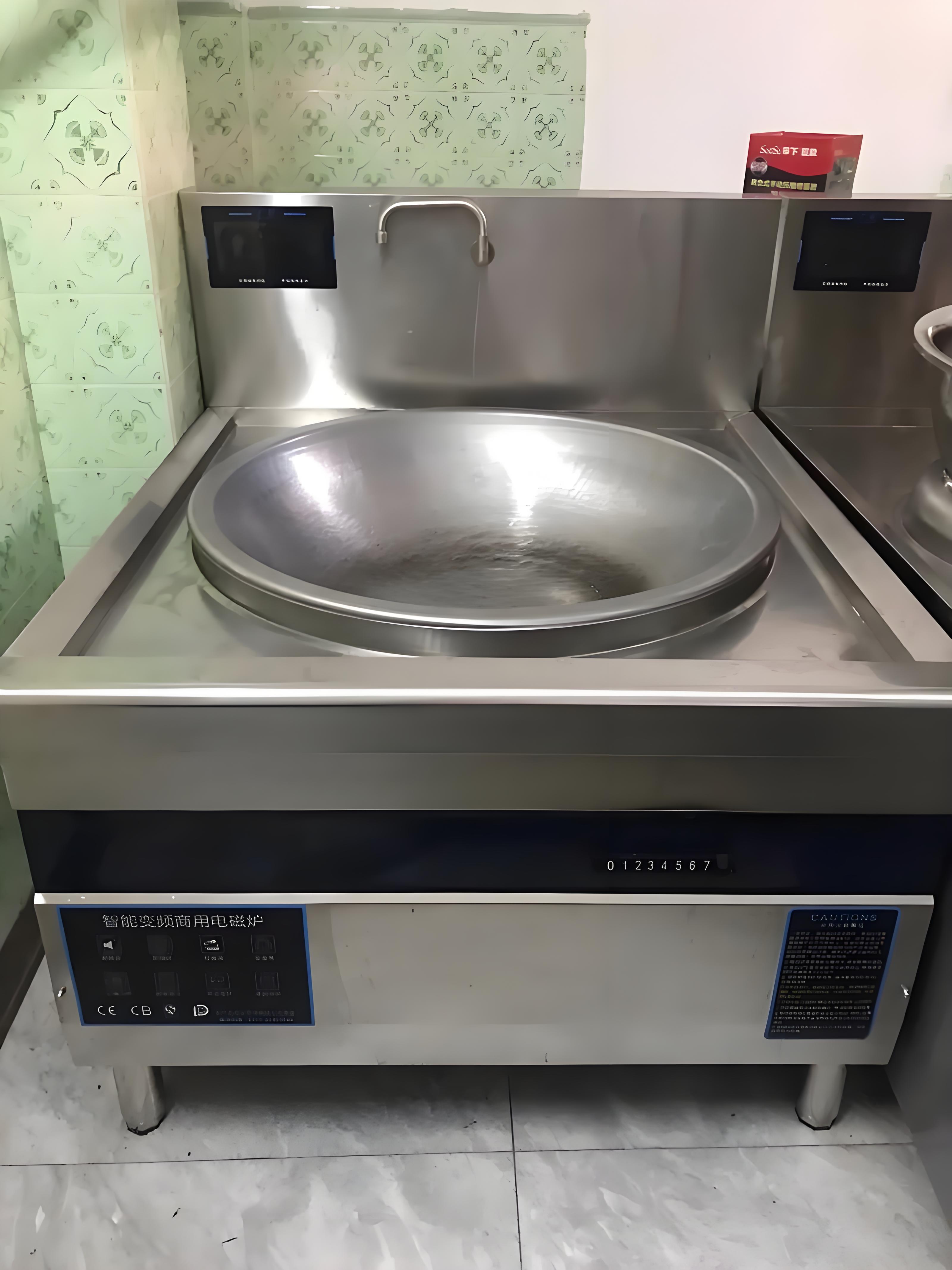As someone who’s spent years working with kitchen appliances, both in bustling restaurant kitchens and cozy home setups, I’ve fielded countless questions about how they tick. One query that pops up often is about the induction cooktop cooling fan—specifically, whether it’s normal for it to keep spinning non-stop. If you’ve noticed your cooktop’s fan running constantly, even when you’re just simmering a sauce or after you’ve turned the unit off, you’re probably wondering if something’s wrong. I’ve been there myself, puzzling over a humming fan during a quiet cooking session. In this article, I’ll dive into why the fan behaves this way, whether it’s a cause for concern, and what you can do to ensure your cooktop stays in top shape. Let’s get to the bottom of this and put your mind at ease.
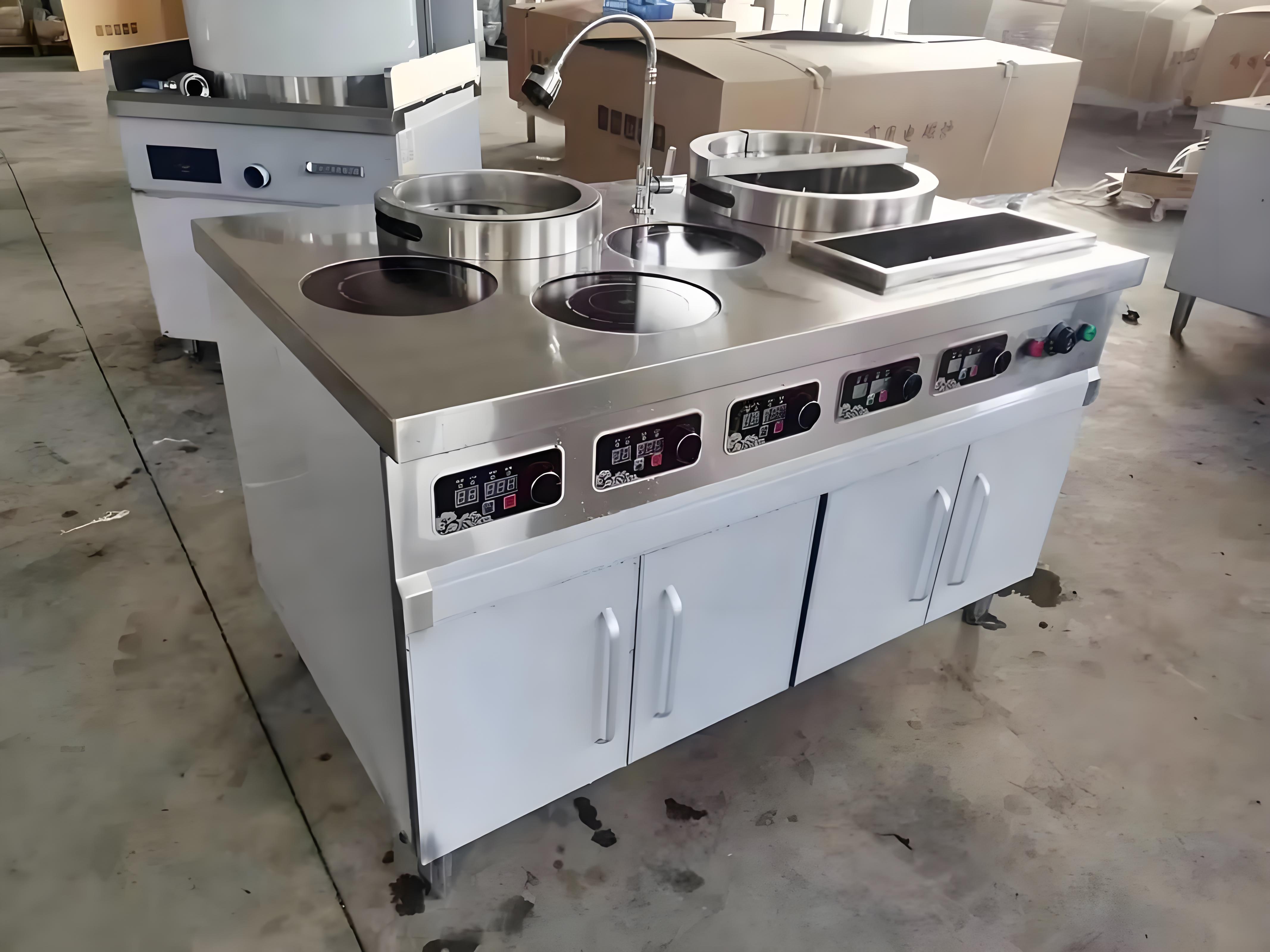
Understanding the Role of the Cooling Fan
To figure out if constant fan operation is normal, let’s start with what the cooling fan does. Induction cooktops generate heat through electromagnetic fields, which directly heat your cookware. While they’re more efficient than gas or electric stoves, the internal components—like the electronics, coils, and circuit boards—produce heat during operation. The cooling fan’s job is to:
Dissipate Heat: Prevent internal components from overheating, which could damage the cooktop.
Protect Electronics: Keep sensitive circuits and sensors at safe temperatures.
Ensure Performance: Maintain consistent heating by avoiding thermal shutdowns.
From my experience, the fan is a critical part of an induction cooktop’s design, especially in high-powered models used for heavy cooking. But why does it sometimes run constantly? Let’s explore the reasons and whether this behavior is expected.
Is Constant Fan Operation Normal?
In many cases, a constantly running fan is perfectly normal, depending on the cooktop’s design, usage, and environment. Here’s what I’ve learned from working with various models:
During Operation: Most induction cooktops run their fans continuously while in use, even on low settings, to maintain a stable internal temperature. This is standard for both home and commercial units.
After Cooking: Fans often continue running for 5-15 minutes after the cooktop is turned off to cool down residual heat in the components. Some models may run longer, especially after high-heat cooking.
High-Power Models: Commercial or high-wattage cooktops (e.g., 3000W or more) tend to have fans that run more frequently or continuously due to greater heat output.
Environmental Factors: Hot kitchens or poor ventilation can cause the fan to work harder and run longer to compensate.
However, constant fan operation can sometimes signal an issue, like a faulty sensor or blocked ventilation. I’ve seen cases where a fan ran non-stop due to a minor glitch, and others where it was just the cooktop doing its job. Let’s break down the factors that determine whether this is normal or a problem.
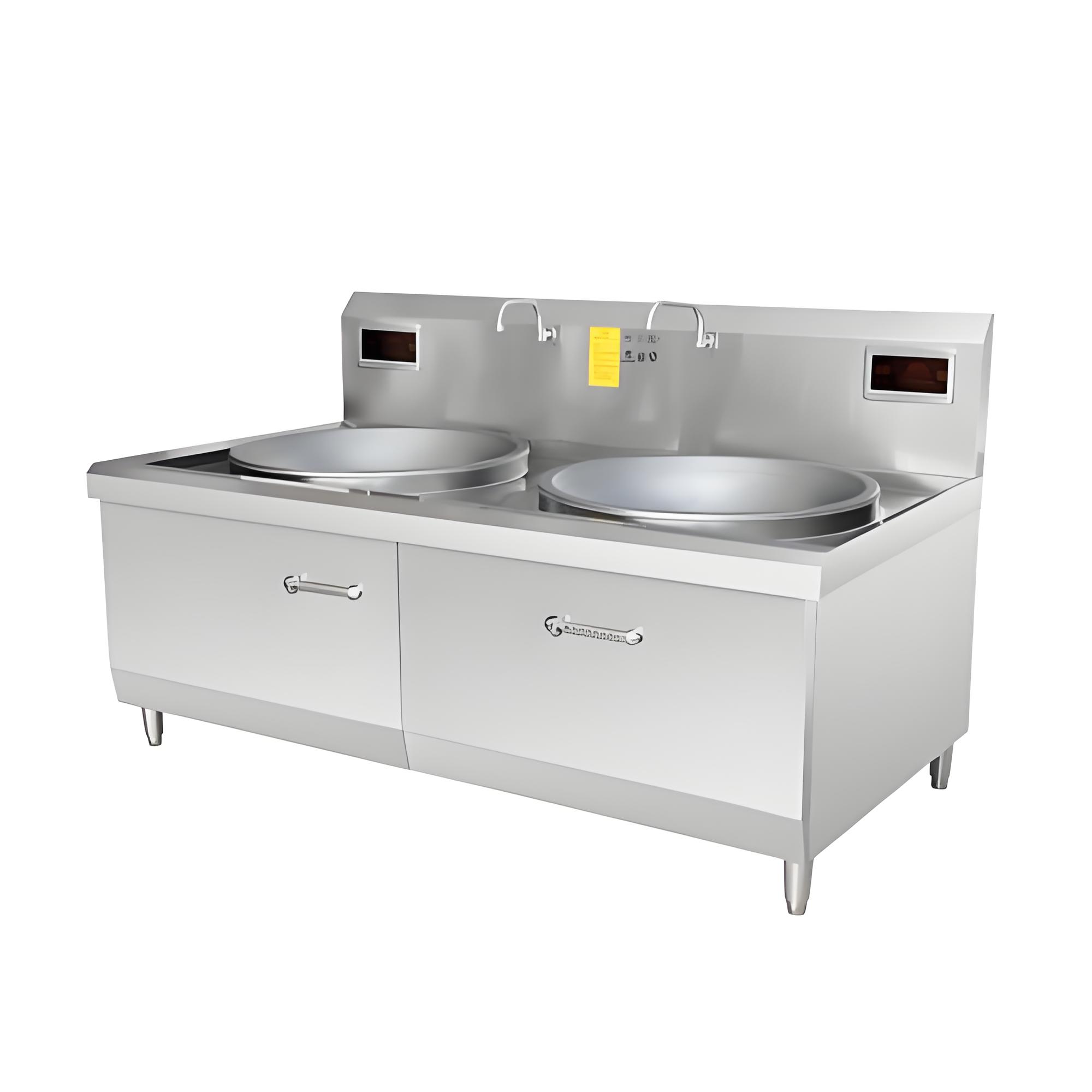
Factors Influencing Fan Behavior
1. Cooktop Design and Settings
Every induction cooktop is designed differently. Some models have fans that run continuously as a default, while others cycle on and off based on internal temperature. High-power settings (e.g., 8-10) generate more heat, prompting the fan to stay on longer.
What to check: Notice if the fan runs constantly only on high settings or across all settings. Check your user manual for fan operation details.
Normal behavior: Continuous fan operation during and shortly after cooking, especially on high settings.
Pro tip: If you’re using low settings and the fan still runs non-stop, it might indicate an overly sensitive thermostat or design choice.
2. Kitchen Environment
The environment around your cooktop plays a big role. In a hot, humid kitchen or one with poor ventilation, the fan may run longer to keep components cool. I once worked in a small restaurant kitchen where the cooktop’s fan ran constantly because it was placed near an oven, trapping heat.
What to check: Ensure the cooktop has at least 4-6 inches of clearance on all sides and isn’t near heat sources like ovens or grills.
Normal behavior: Extended fan operation in warm or poorly ventilated spaces.
Pro tip: Improve airflow by opening windows, using an exhaust fan, or relocating the cooktop if it’s portable.
3. Ventilation and Blockages
Blocked or dirty ventilation ports can force the fan to work harder, leading to constant operation. Dust, grease, or kitchen debris can clog vents, reducing airflow.
What to check: Inspect vents (usually on the sides or bottom) for blockages. Use a flashlight to spot dust or grease buildup.
Normal behavior: Temporary increased fan activity if vents are partially blocked, but constant running may indicate a problem.
Pro tip: Clean vents monthly with a dry brush or compressed air to maintain airflow.
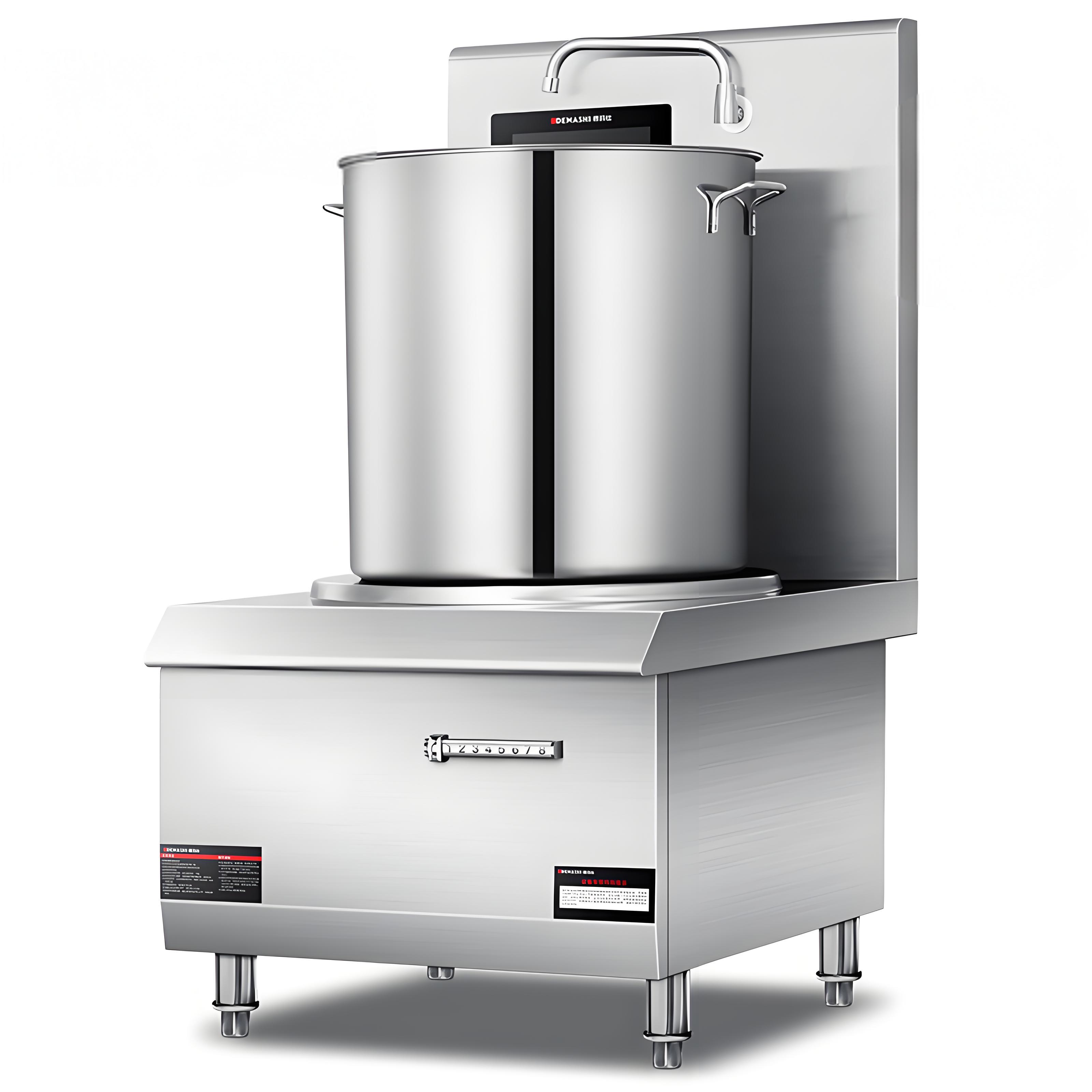
4. Internal Sensors and Electronics
Induction cooktops rely on temperature sensors to control the fan. If a sensor misreads the internal temperature or is faulty, the fan may run continuously, even when the cooktop is cool.
What to check: If the fan runs non-stop even after 20-30 minutes of cooling, a sensor issue might be the culprit. Look for error codes on the display.
Normal behavior: Fans running for up to 15 minutes post-cooking is standard, but longer durations may suggest a fault.
Pro tip: Reset the cooktop by unplugging it for 10 minutes to rule out a temporary glitch.
5. Usage Patterns
Heavy or prolonged cooking sessions, like boiling large pots or stir-frying at high heat, generate more internal heat, causing the fan to run longer. I’ve noticed this in commercial kitchens where cooktops are used non-stop for hours.
What to check: Reflect on your cooking habits. Does the fan run constantly only during intense sessions, or even during light use?
Normal behavior: Continuous fan operation during and after heavy cooking.
Pro tip: Alternate between high and low settings to give the cooktop a break during long sessions.

Comparison of Fan Behavior Scenarios
To help you assess your situation, here’s a table summarizing common fan behavior scenarios, their causes, and what to do:
| Scenario | Cause | Action | Is It Normal? |
|---|---|---|---|
| Fan runs during cooking | Standard cooling mechanism | No action needed | Yes |
| Fan runs 5-15 min after cooking | Residual heat dissipation | Ensure ventilation, wait it out | Yes |
| Fan runs >20 min after cooking | Possible sensor issue or poor ventilation | Check vents, reset cooktop, contact technician | No, investigate further |
| Fan runs on low settings | Design choice or thermostat sensitivity | Check manual, improve ventilation | Usually yes, but verify |
| Fan runs in hot kitchen | Environmental heat buildup | Improve airflow, relocate cooktop | Yes, but optimize setup |
Steps to Address Constant Fan Operation
If you’re concerned about your cooktop’s fan running constantly, here’s my step-by-step approach to diagnose and resolve the issue:
Step 1: Verify Normal Operation
Check if the fan’s behavior aligns with your cooktop’s design. Refer to the user manual for details on fan operation. Most manuals specify how long the fan runs post-cooking or under different settings.
How to do it: Note when the fan runs (during cooking, after, or both) and for how long. Compare with the manual’s guidelines.
Pro tip: If you don’t have the manual, search online for your model’s specifications or contact the manufacturer.
Step 2: Improve Ventilation
Ensure the cooktop has proper airflow to reduce fan workload. Blocked vents or a cramped setup can cause the fan to run longer.
How to do it: Clear any objects around the cooktop, ensure 4-6 inches of clearance, and clean vents with a dry brush or compressed air.
Pro tip: Avoid placing the cooktop in enclosed spaces or near walls that trap heat.
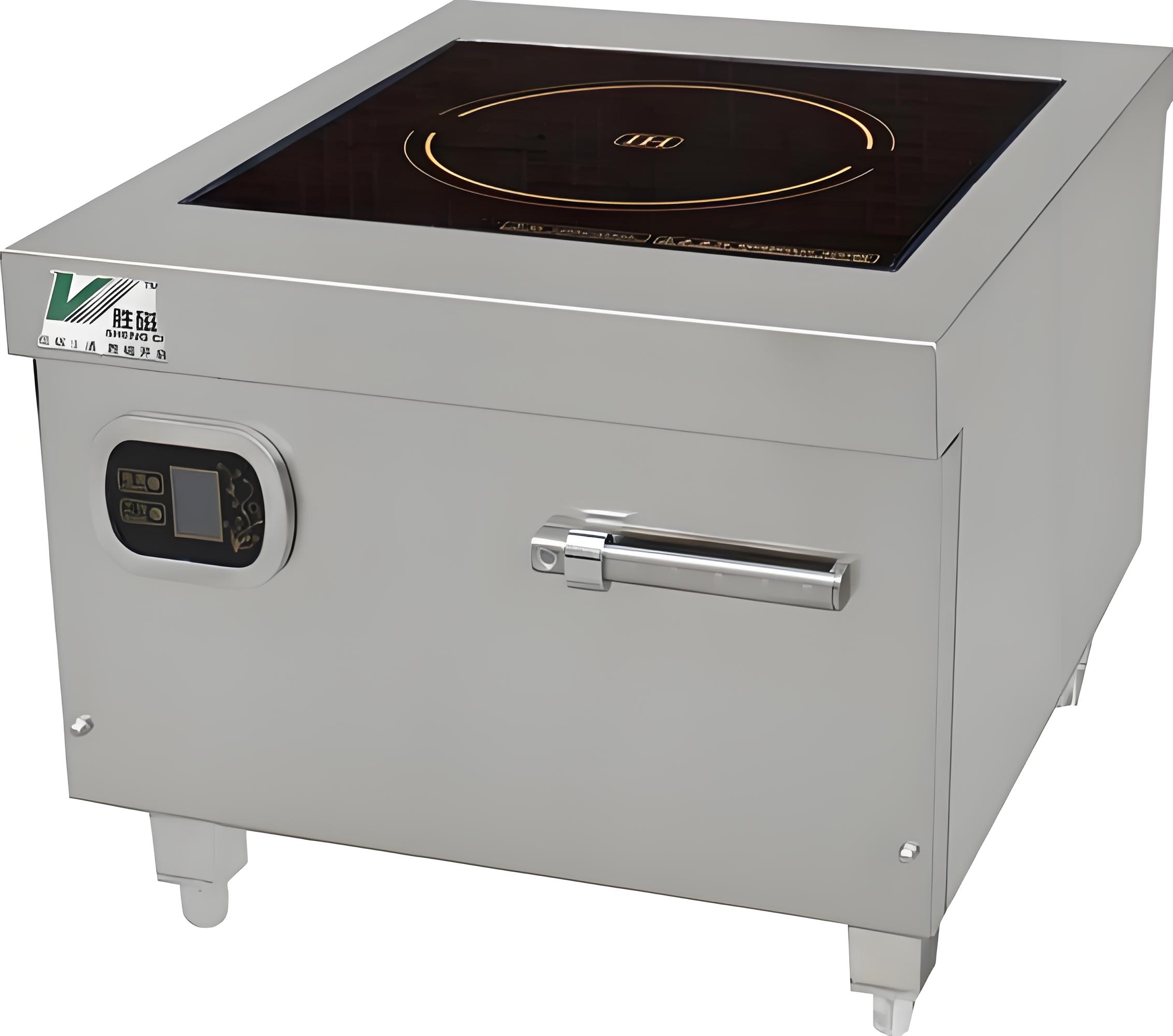
Step 3: Clean the Cooktop
A dirty surface or greasy vents can interfere with sensors or airflow, causing the fan to overwork.
How to do it: Wipe the glass-ceramic surface with a damp microfiber cloth and mild dish soap. Clean vents with a brush or compressed air. Dry thoroughly.
Pro tip: Schedule monthly vent cleaning to prevent buildup, especially in commercial kitchens.
Step 4: Reset the Cooktop
A temporary glitch in the electronics might cause the fan to run unnecessarily. Resetting can fix minor issues.
How to do it: Unplug the cooktop for 10 minutes, then plug it back in. Test with a short cooking session to see if the fan behavior changes.
Pro tip: If the cooktop is hardwired, turn off the circuit breaker for 10 minutes to reset.
Step 5: Monitor Cooking Habits
Adjust your cooking practices to reduce internal heat buildup, which can trigger prolonged fan operation.
How to do it: Use appropriate power settings (e.g., avoid max power for extended periods) and alternate between high and low heat. Use cookware with good heat distribution.
Pro tip: For long sessions, give the cooktop a 5-minute break every hour to cool down.
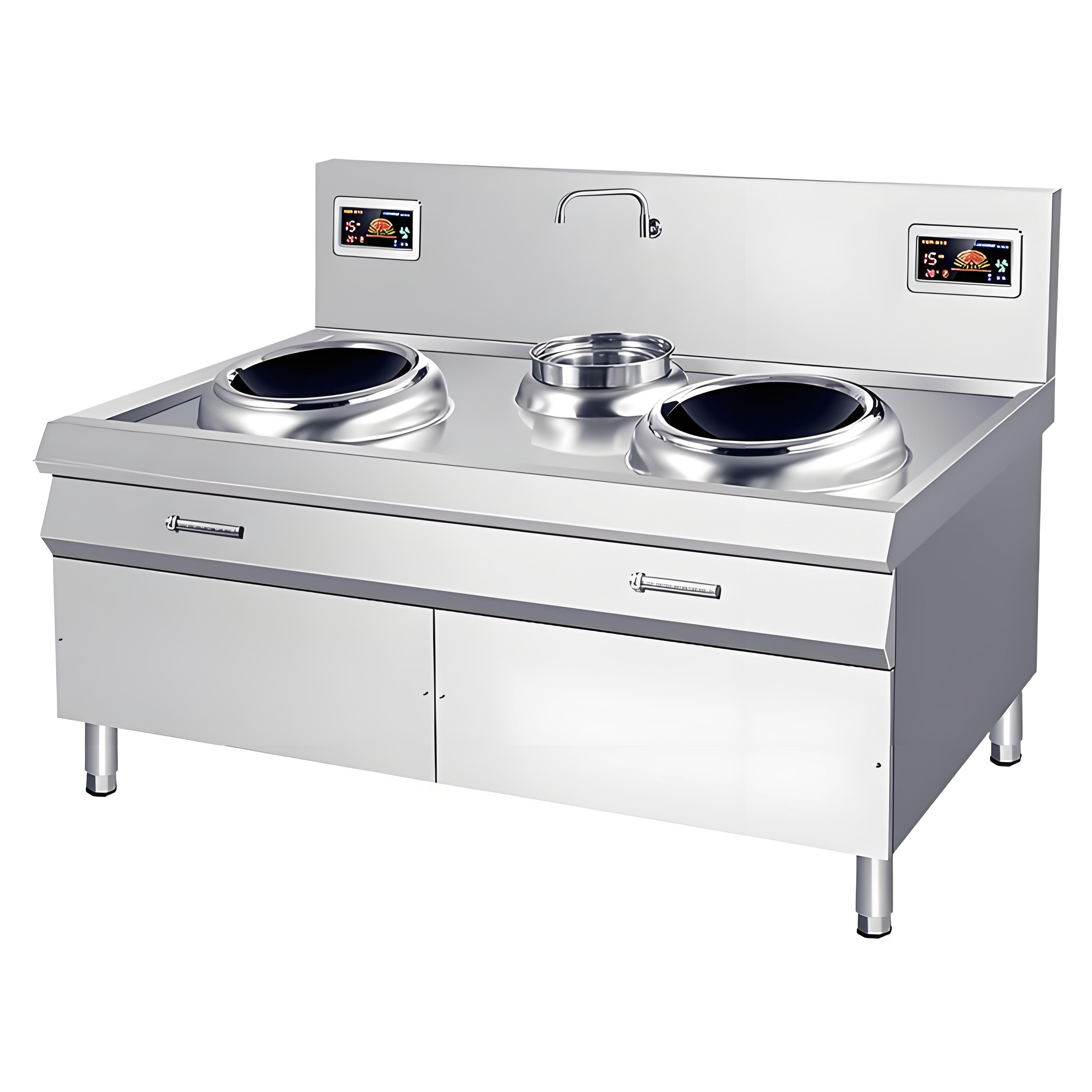
Step 6: Contact a Technician
If the fan runs non-stop despite these steps, it’s time to call a professional. Persistent operation could indicate a faulty sensor, thermostat, or circuit board.
How to do it: Check your warranty and contact the manufacturer or a certified technician. Provide details about the fan’s behavior and any error codes.
Pro tip: Take a video of the fan’s operation to show the technician, as it can help diagnose the issue faster.
Additional Tips for Fan Maintenance
To keep your cooktop’s fan running smoothly, here are some practical tips I’ve picked up:
Regular Vent Cleaning: Dust vents monthly with a brush or compressed air to ensure airflow. In greasy kitchens, wipe vent areas weekly.
Check Placement: Ensure the cooktop is on a stable, level surface away from heat sources. I once fixed a fan issue simply by moving the cooktop away from a hot grill.
Use Proper Cookware: Induction-compatible pans with flat bases reduce internal heat buildup, easing the fan’s workload.
Monitor Fan Noise: A louder-than-usual fan might indicate a blockage or mechanical issue. Compare with the cooktop’s normal sound.
Schedule Maintenance: For commercial units, have a technician inspect the cooktop annually to catch potential fan or sensor issues early.
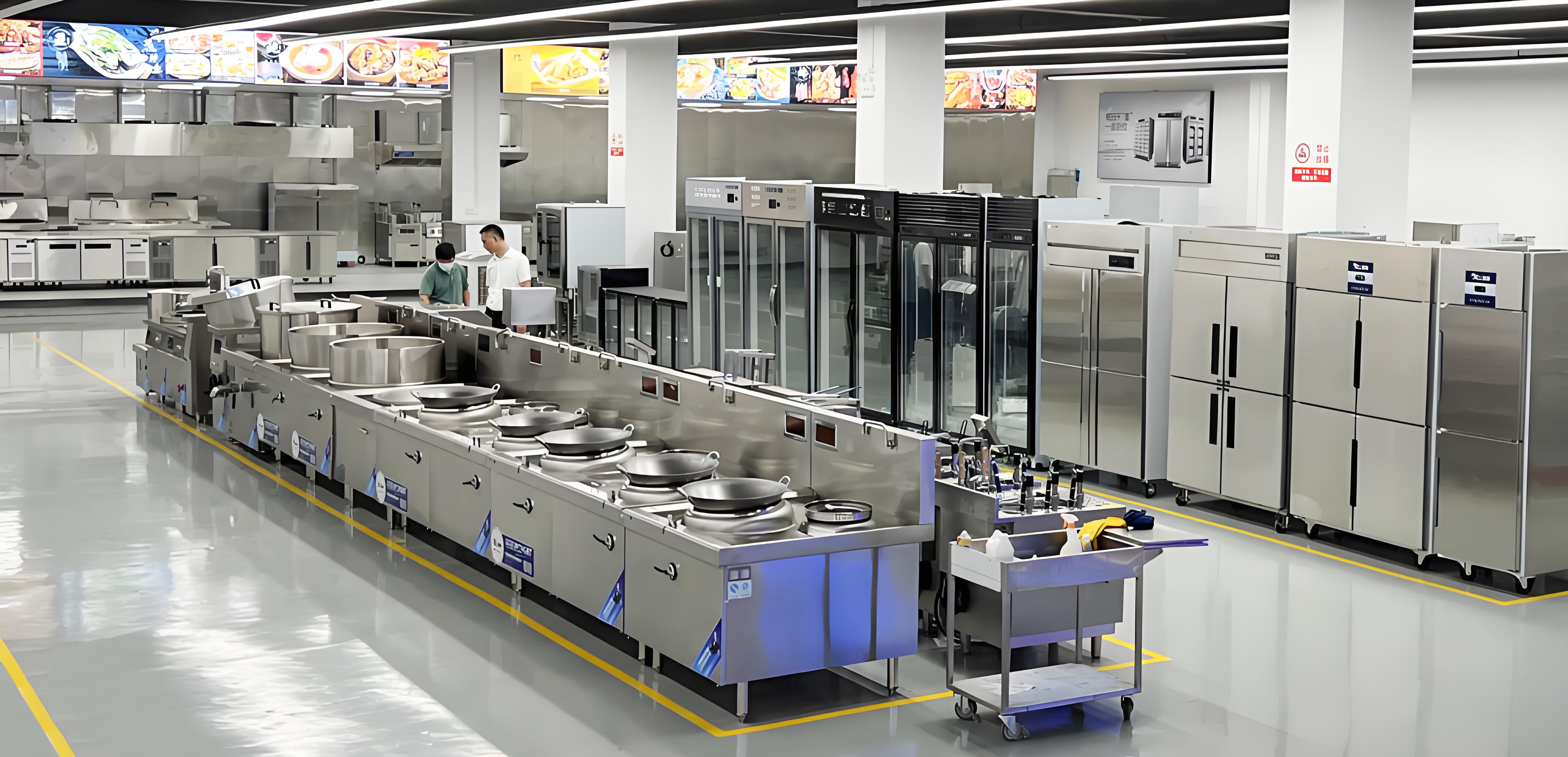
My Personal Experience with Induction Cooktop Fans
A few years ago, I was cooking a big family meal on my home induction cooktop when I noticed the fan running well after I’d turned it off. At first, I thought it was broken, but after checking the manual, I realized it was designed to run for 10 minutes post-cooking to cool the electronics. Problem solved! In another instance, while working in a busy cafe, the cooktop’s fan ran constantly during a hectic lunch rush. It turned out the vents were clogged with grease, and a quick clean fixed the issue. These experiences taught me that most fan-related concerns are either normal behavior or easily fixable with basic maintenance.
If your fan’s constant running is bothering you, start by checking the manual and ventilation. Nine times out of ten, it’s just the cooktop doing its job or a minor issue like a dusty vent. But if it persists, don’t hesitate to dig deeper or seek professional help.
When to Seek Professional Help
If the fan runs constantly despite troubleshooting, it’s time to consider professional assistance. Here are signs you need a technician:
Fan runs non-stop for over 30 minutes after cooking, even in a cool environment.
Error codes or inconsistent heating accompany the fan issue.
Unusual noises (e.g., grinding or rattling) from the fan.
Visible damage to the cooktop or vents.
Persistent overheating warnings or shutdowns.
Before calling, check your warranty and note any symptoms to help the technician diagnose the problem. In my experience, most fan issues are minor, but a professional can pinpoint complex faults like sensor or circuit problems.

Frequently Asked Questions
To wrap up, here are answers to common questions about induction cooktop fans, based on my experience:
1. Why does the fan run after I turn off the cooktop?
This is normal. The fan continues running for 5-15 minutes to cool internal components. Check your manual for your model’s specific cooldown time.
2. Is a constantly running fan bad for the cooktop?
Not necessarily. Continuous operation during cooking or shortly after is standard. However, if it runs non-stop for hours, check ventilation or sensors.
3. Can I stop the fan from running?
You shouldn’t manually stop the fan, as it protects the cooktop’s electronics. Instead, improve ventilation or adjust cooking habits to reduce fan runtime.
4. How do I clean the fan or vents?
Use a dry brush or compressed air to clear dust or grease from vents. Avoid water or liquids near the fan to prevent damage. Clean monthly for optimal airflow.
5. What if the fan is noisy?
A loud fan may indicate a blockage, loose component, or mechanical issue. Clean the vents and check for debris. If the noise persists, contact a technician.
Final Thoughts
A constantly running cooling fan on an induction cooktop is often normal, especially during cooking or for a short time afterward, as it protects the unit’s internal components. Factors like cooktop design, kitchen environment, and usage patterns influence fan behavior, and most concerns can be addressed with simple steps like checking ventilation, cleaning vents, or adjusting settings. My years working with induction cooktops have shown me that understanding your appliance’s quirks can save you from unnecessary worry. I hope this guide helps you determine whether your fan’s operation is business as usual or a sign to investigate further. If you’re still unsure or have specific questions, drop a comment—I’m happy to share more insights from my kitchen adventures!
